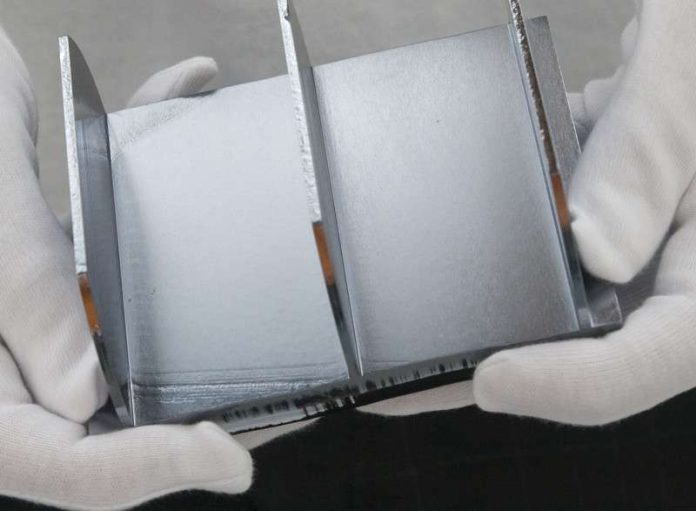The basic and often frustrating fact about quantum mechanics is that you cannot define the conditions of an individual particle without changing the state that the particle exists in. The energy of the measuring device changes the energy of the particle. Dr. Kater Murch of Washington University in Saint Louis has developed a method of defining the quantum state of a particle that is at least 90 percent accurate according to his report in the edition of the journal Physical Review Letters.
The device that Murch and his team developed is a superconducting circuit placed inside a microwave box. The mechanism was purposefully limited to measuring the lowest energy ground state and the first excited state of a particle. The examination of interactions between the microwaves and the particle must occur at absolute zero. The lower energies of microwaves allow a more easily detectable transition of a particle to any of a multitude of other energy states than the use of photons of light.
The device does not absolutely solve the inherent time symmetry problem involved in examining particle behavior. The method does allow the prediction of the most likely excited state to be 90 percent accurate. This is 40 percent higher than any other known method that has been developed to date. The results also indicate that time runs forward and backward in the quantum world but not necessarily at the same rate.
The key to the improvement is energy and time. The particle being observed is not disturbed by frequencies of microwaves that are not the right frequency to excite the particle. Similarly, the excited particle is not changed by microwave frequencies that are known to be able to send the particle to the ground state or to the next excited state. The lower energy allows a particle to be observed more accurately right up to the time it becomes excited and immediately after it reaches the first excited state.















